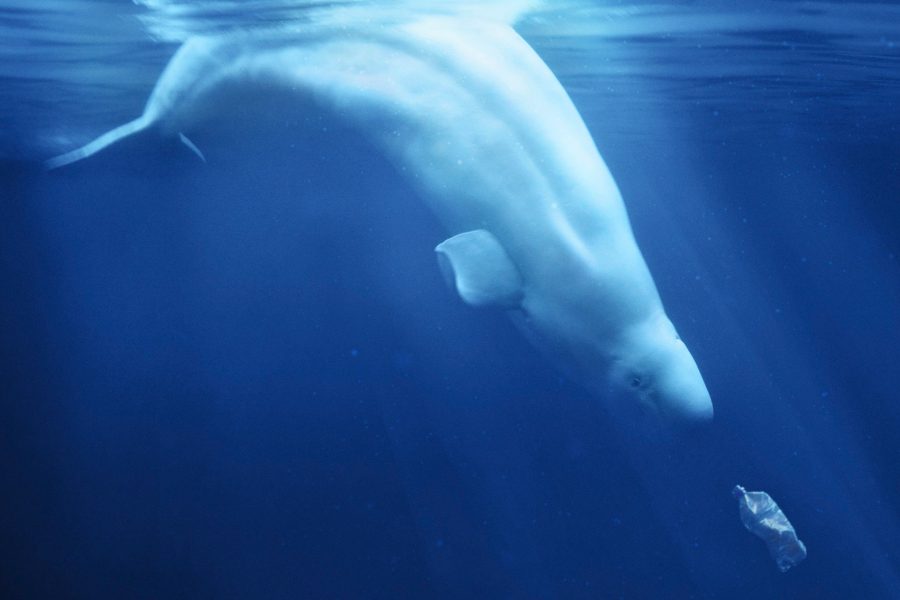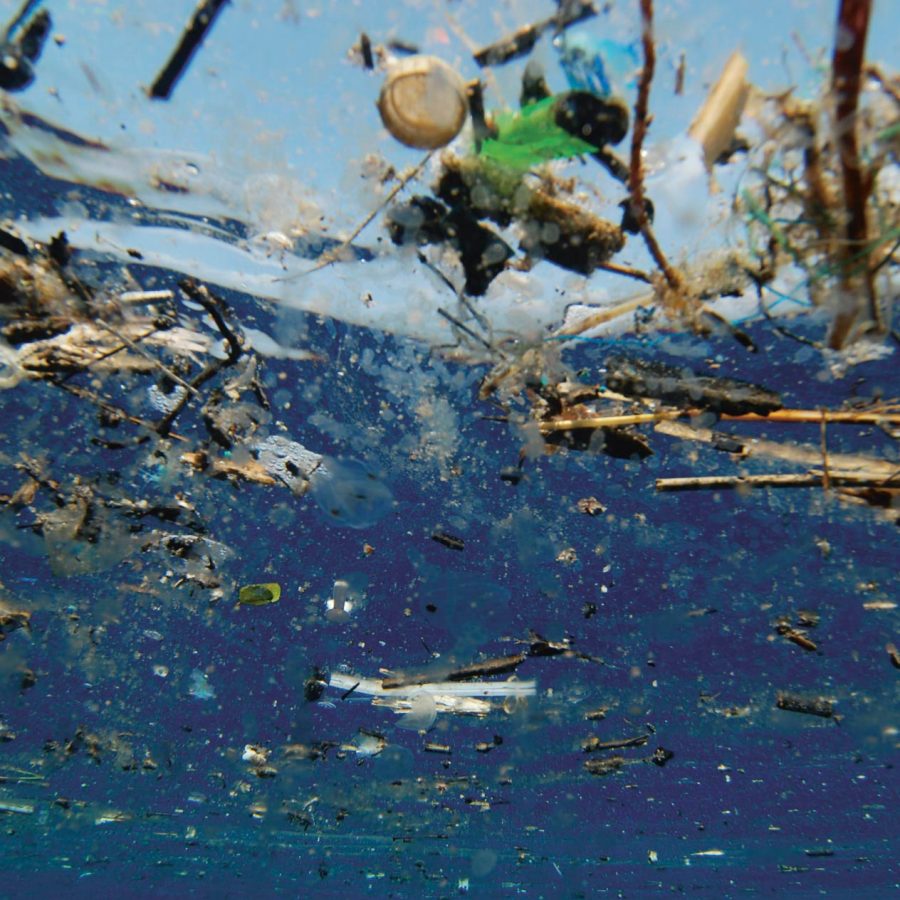One man's quest to rid the oceans of plastic

Filmmaker Craig Leeson reels off a number of statistics when we meet in his office in Hong Kong’s Sheung Wan district.
Here’s a few of the most shocking: 500 million straws are used and thrown away every day in the US. The average usage time of a piece of single-use plastic is 15 minutes.
The plastic problem is the impetus behind his landmark film, A Plastic Ocean. The documentary took four years to film. It takes director Leeson, a long-time journalist from Tasmania, and his team – including freediver Tanya Streeter and producer Jo Ruxton – to 20 locations around the globe, including the world’s most notorious rubbish dumps and pristine marine environments. At both ends of the spectrum, the oceans surrounding them are covered in plastic.
The team travelled to the infamous North Pacific Gyre – often quoted as the world’s biggest rubbish dump, ‘the size of Texas’ – as well as Smoky Mountains One and Two in Manila, two giant rubbish heaps where the air is choked with smoke from burning refuse and burning discarded wood to make charcoal. Contrary to popular belief, the North Pacific Gyre isn’t a huge patch of ocean swirling with trash. It’s worse than that, says Leeson – it’s all underneath the water.
‘What you see is gin-clear water with visibility of between 30-40 metres. But when you start trawling, what you get is handfuls of microplastics, these do most of the damage.

Credit: Willian Furniss/Peninsula Magazine


‘There are 46,000 pieces of plastic per square mile of ocean. That’s eight pieces of microplastics to one marine organism. Plastic has overtaken the marine environment,’ he says.
And that’s just in the north Pacific Ocean. In the other destinations Leeson and his film crew visited, the problem was just as severe: Trefoil Island, off the coast of Tasmania; Lord Howe Island, 580 kilometres east of Australia; as well as uninhabited islands and archipelagos in the South Pacific among them.
‘The idea behind the film initially was to raise the issue,’ he says. ‘We’ve been successful in doing that in terms of the audience that’s seen it, but we’ve still got a long way to go. Like everything, you can’t care if you don’t know.’
Leeson stresses he’s not anti-plastic. It’s the disposable kind that he takes issue with, the kind that has been ‘habitually brought into our lives in all sorts of areas’.
‘Who uses a plastic straw at home?’ he asks. ‘I don’t, so why do I need one when I go out to a bar or restaurant? We see those straws in the nostrils of sea turtles, and we see them in the stomachs of whales and dolphins. Those straws could’ve come from you, me, anyone else from that bar.’
The film contains some disturbing scenes – Leeson admits he was ‘pulling plastic out of seabirds’.
‘We’re not going to get people to understand how bad the problem is unless they see what’s going on,’ the filmmaker adds. ‘There’s not a week that goes past now that I don’t get a call or a message or photograph or footage of a dead whale somewhere on the planet and the necropsy, where they’re pulling sheets and sheets of plastic out of these animals.

‘We talk about plastic breaking up into small pieces, not breaking down. Breaking up gives the indication that it gets smaller and smaller but doesn’t ever go away. That’s certainly the case with plastic.’
The third act of the film is focused on finding solutions to the plastic problem, changing mindsets around single-use plastic being top of that list.
Leeson adds: ‘The idea was to show all sorts of different solutions, from technology, including ways of recycling and repurposing plastic, or waste to energy, reusing it – it’s a valuable resource.
‘Until we move to a zero per cent waste nirvana, where we should be heading, then we need to figure out how to reduce our reliance on single-use plastic and what we can do with the plastic that’s already out there.
‘Rather than dig up the Earth and bring up virgin materials, we have this ready accessible, easily recyclable material to use. We need to get those processes in place.’
- China – the Chinese Mainland, Hong Kong SAR, Macao SAR and Taiwan Region
- Hong Kong SAR - English
- Chinese Mainland (China) - English
- Taiwan, China - English
- 香港特別行政區 - 繁體中文
- 中国內地 - 简体中文
- 中國台灣 - 繁體中文
- Africa
- South Africa - English
- Asia
- Bangladesh - English
- Korea - English
- Singapore - English
- Cambodia - English
- 한국 - 한국어
- Sri Lanka - English
- India - English
- Malaysia - English
- Thailand - English
- Indonesia - English
- Maldives - English
- ประเทศไทย - ภาษาไทย
- Indonesia - Bahasa Indonesia
- Myanmar - English
- Vietnam - English
- Japan - English
- Nepal - English
- Việt Nam - tiếng Việt
- 日本 - 日本語
- Philippines - English
- Australasia
- Australia - English
- New Zealand - English







